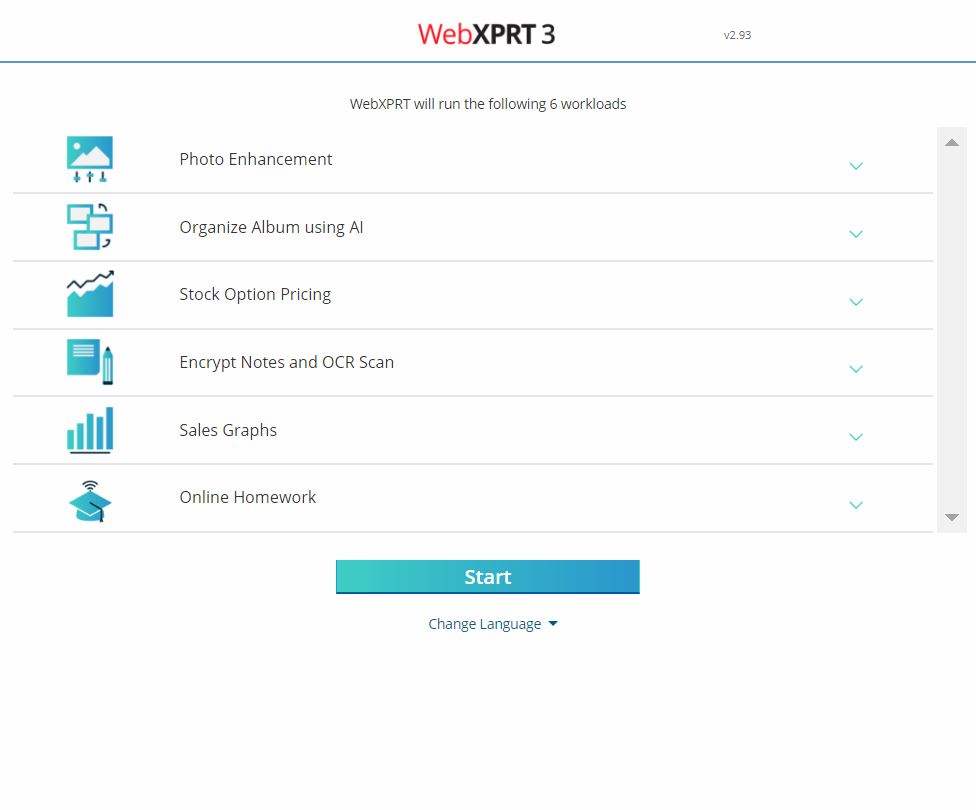This year’s Mobile World Congress in Barcelona bristled with technologies on the brink of superstardom. The long-awaited 5G high-speed mobile standard again dominated the conversations, and is one year closer to creating a world of high-speed connections that will make possible mobile usages we’ve only begun to discover. Intelligent, connected cars promise a self-driving and highly interconnected automotive experience that should ultimately make driving better for all of us. Artificial intelligence, already a star, showed glimmers of its vast and still barely tapped potential. In keeping with the show’s name, mobile devices of all sorts proved that phones and tablets and laptops are nowhere near done, with new models and capabilities available all over the many halls that comprised the MWC campus.
Each of those technologies will continue to evolve rapidly over the coming years, and each will create new opportunities for us all to benefit. Those opportunities will appear both in ways we understand now—faster connections and quicker devices, for example—and in fashions we don’t yet understand. The new benefits will lead to new usage models, change the ways we interact with the world, and create whole new markets. (When the first smartphones appeared, they changed photography forever, but that wasn’t their primary goal.) These new technologies will help us in ways we can now only glimpse.
These changes and new capabilities will breed both competition and, inevitably, confusion. How are we to know which of the new products deliver the best implementations of these technologies heading toward stardom, and how are we to know when to upgrade to new generations of these products?
Answering those questions, and clarifying some of the confusing aspects of the always shifting tech market, are the reasons the XPRT community and tools exist. New tech creates new usage models that require new tools to assess–XPRT tools.
If there’s one last lesson I learned from MWC18, it’s that our work is only just beginning. The new technologies that are on the brink today will become superstars soon, and we’ll be there with the tools you need to assess and compare them.
Mark















